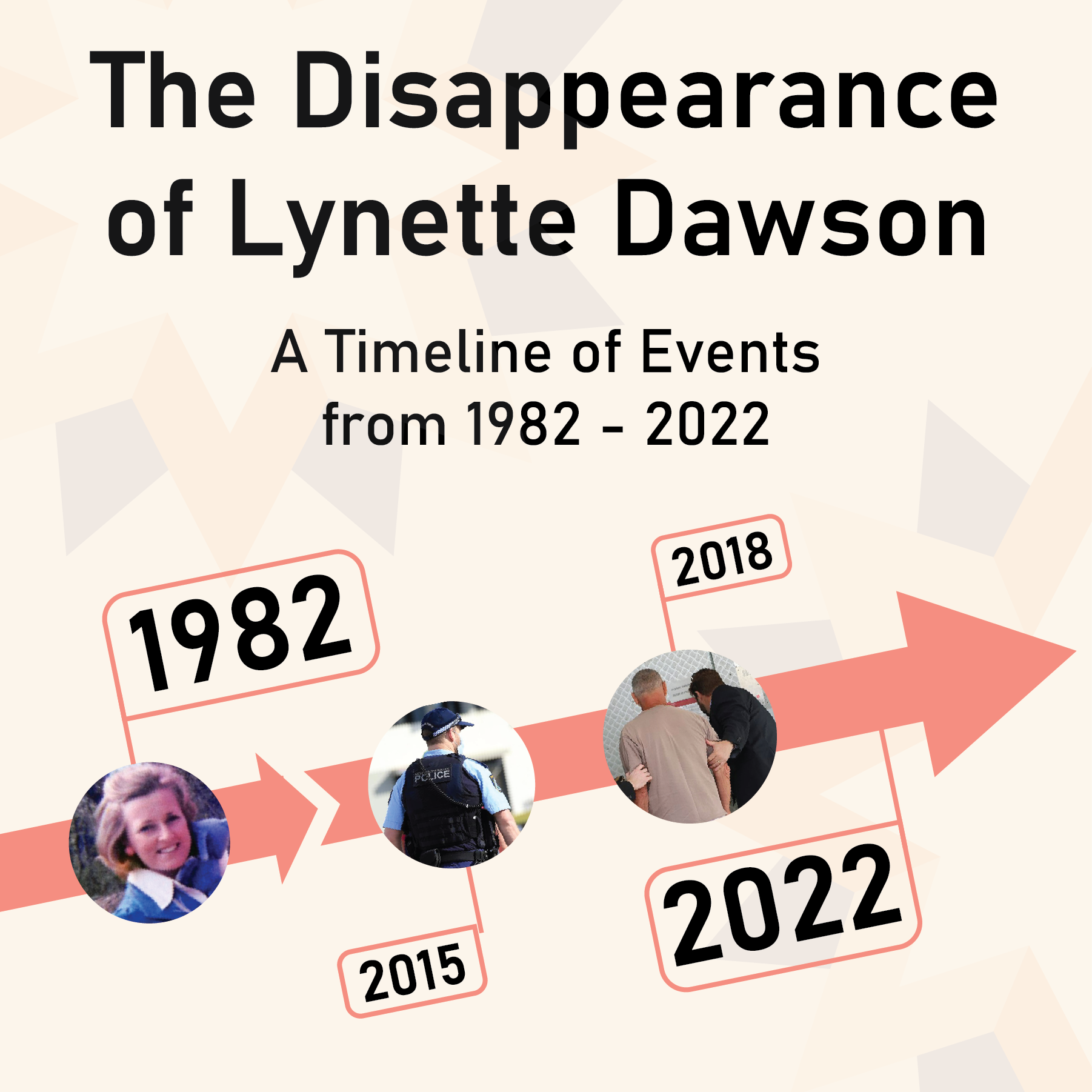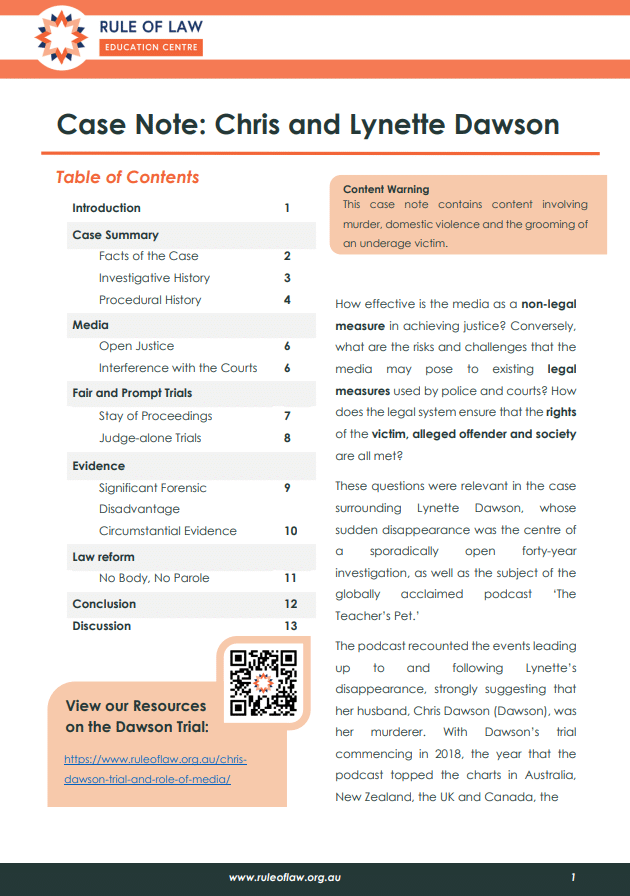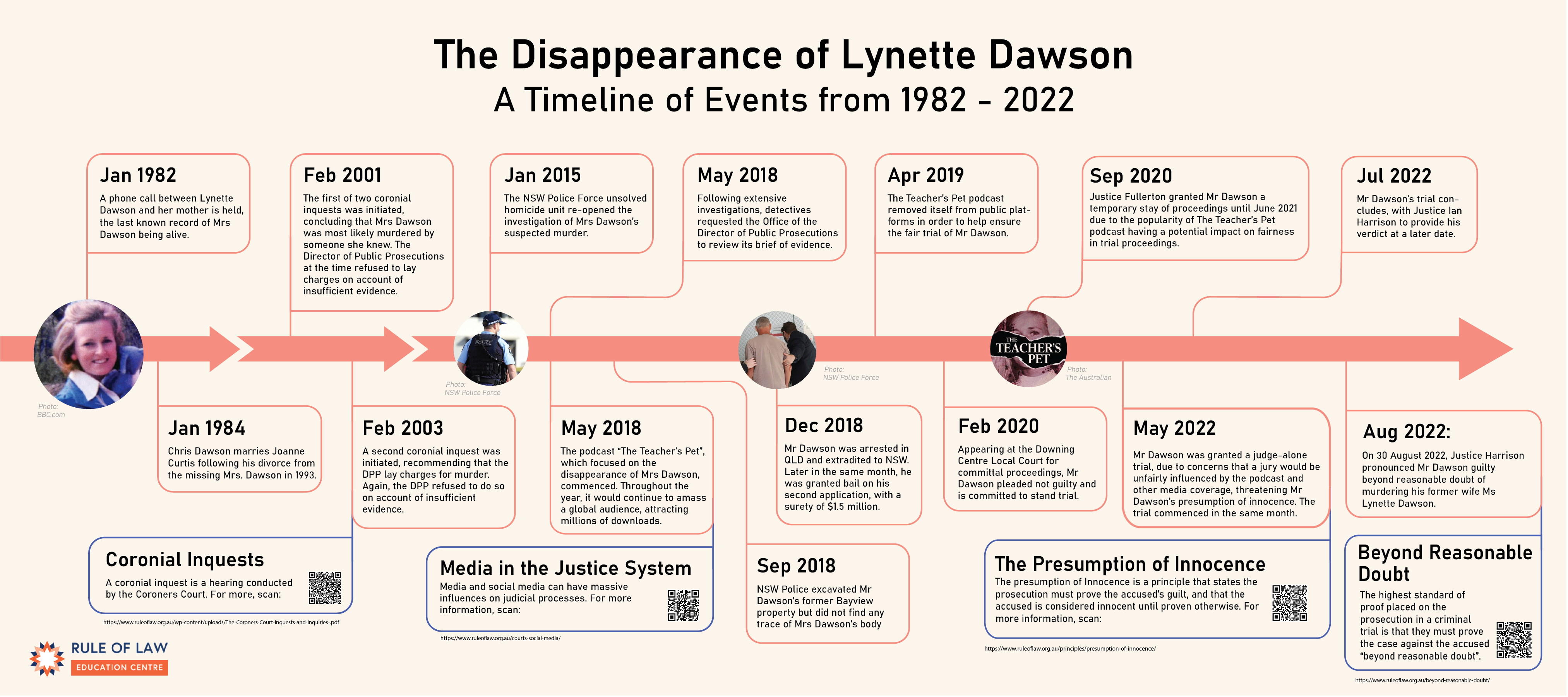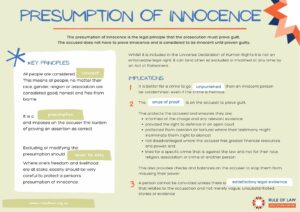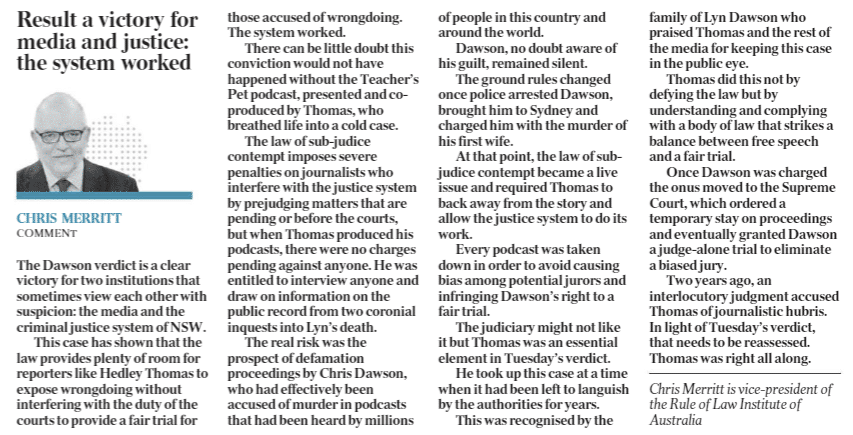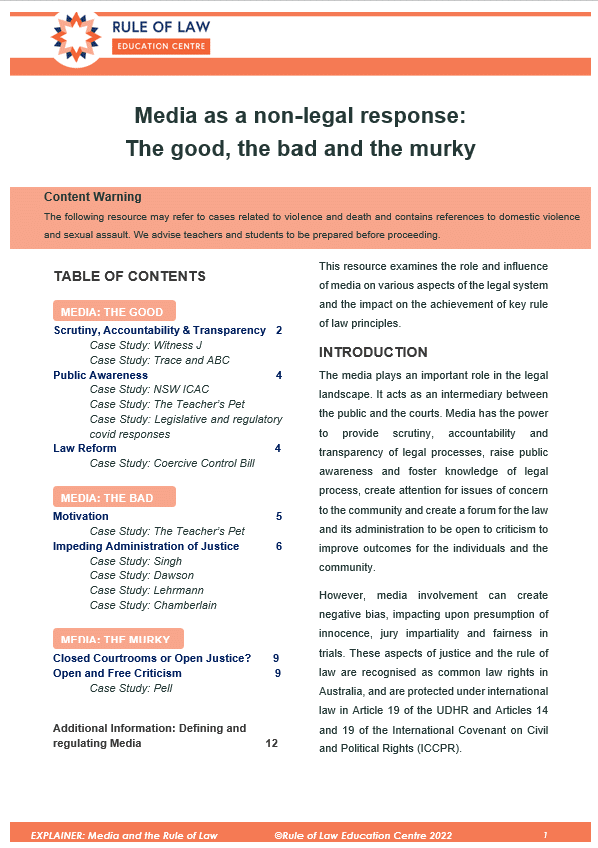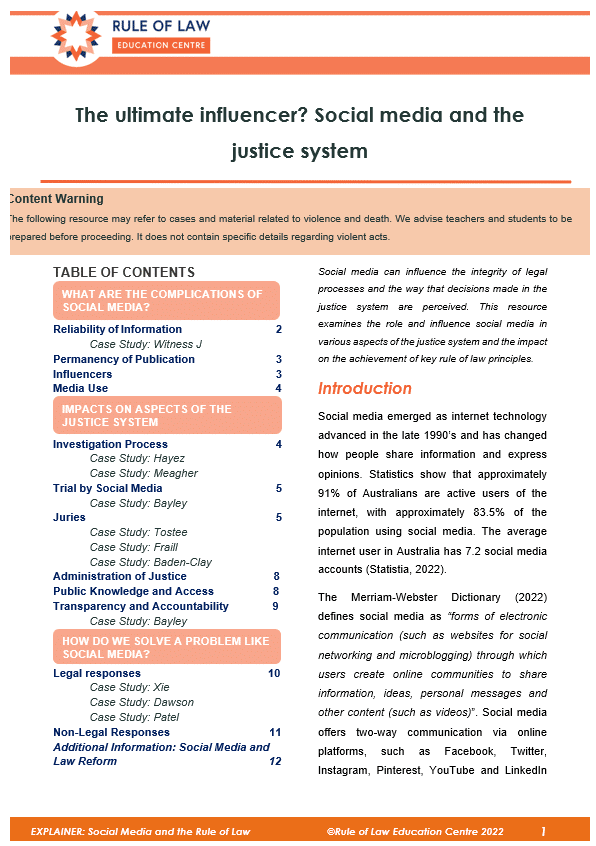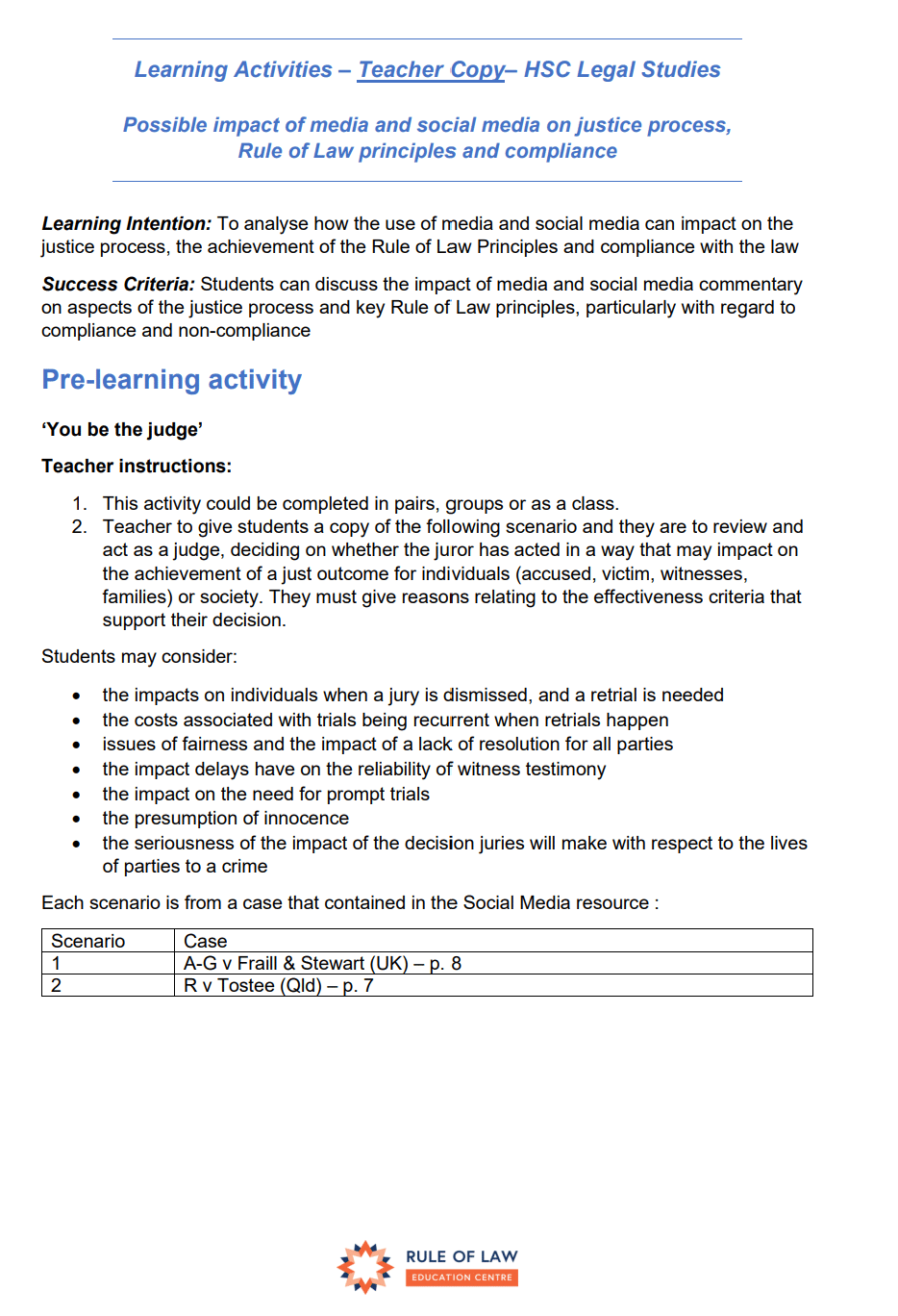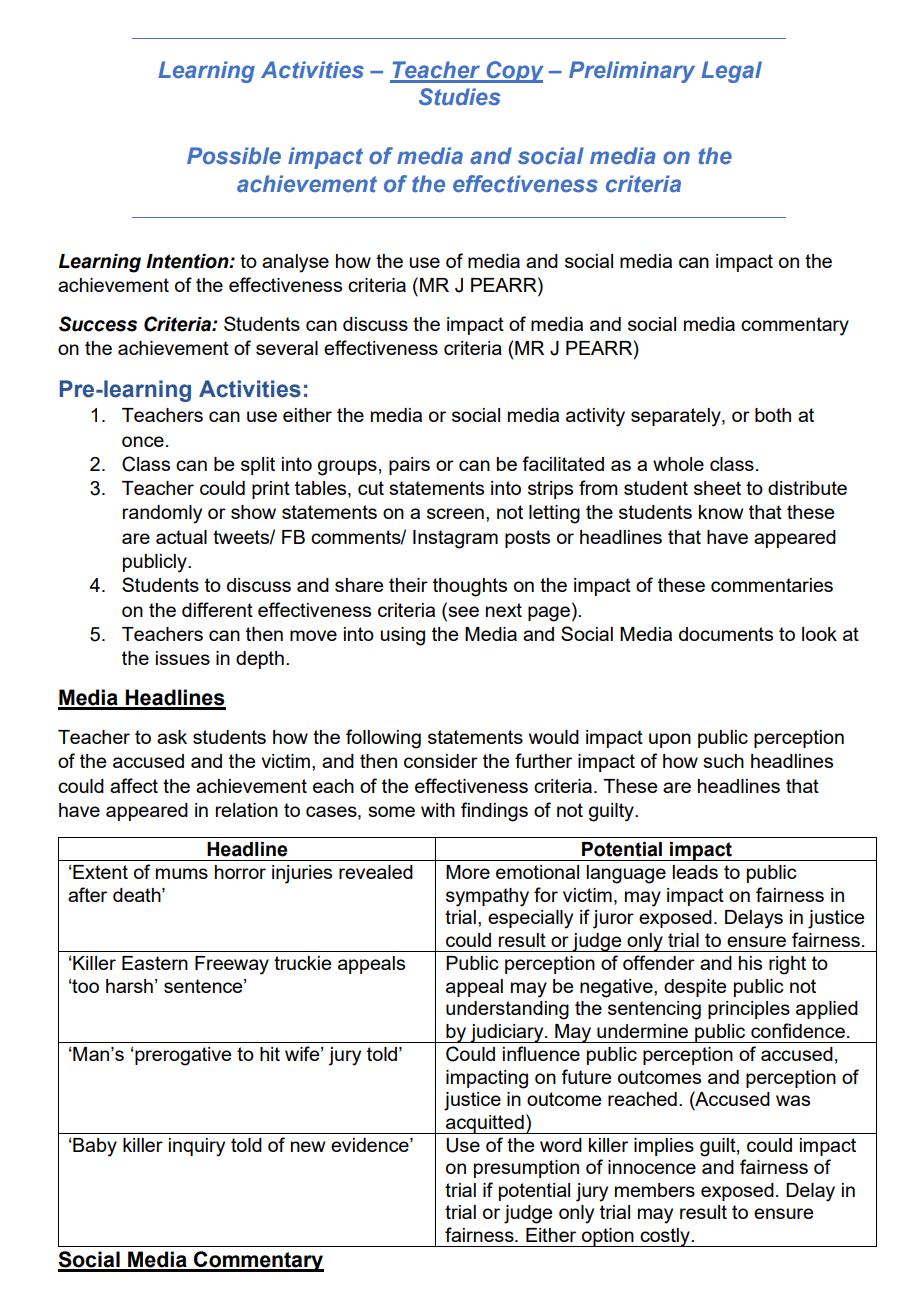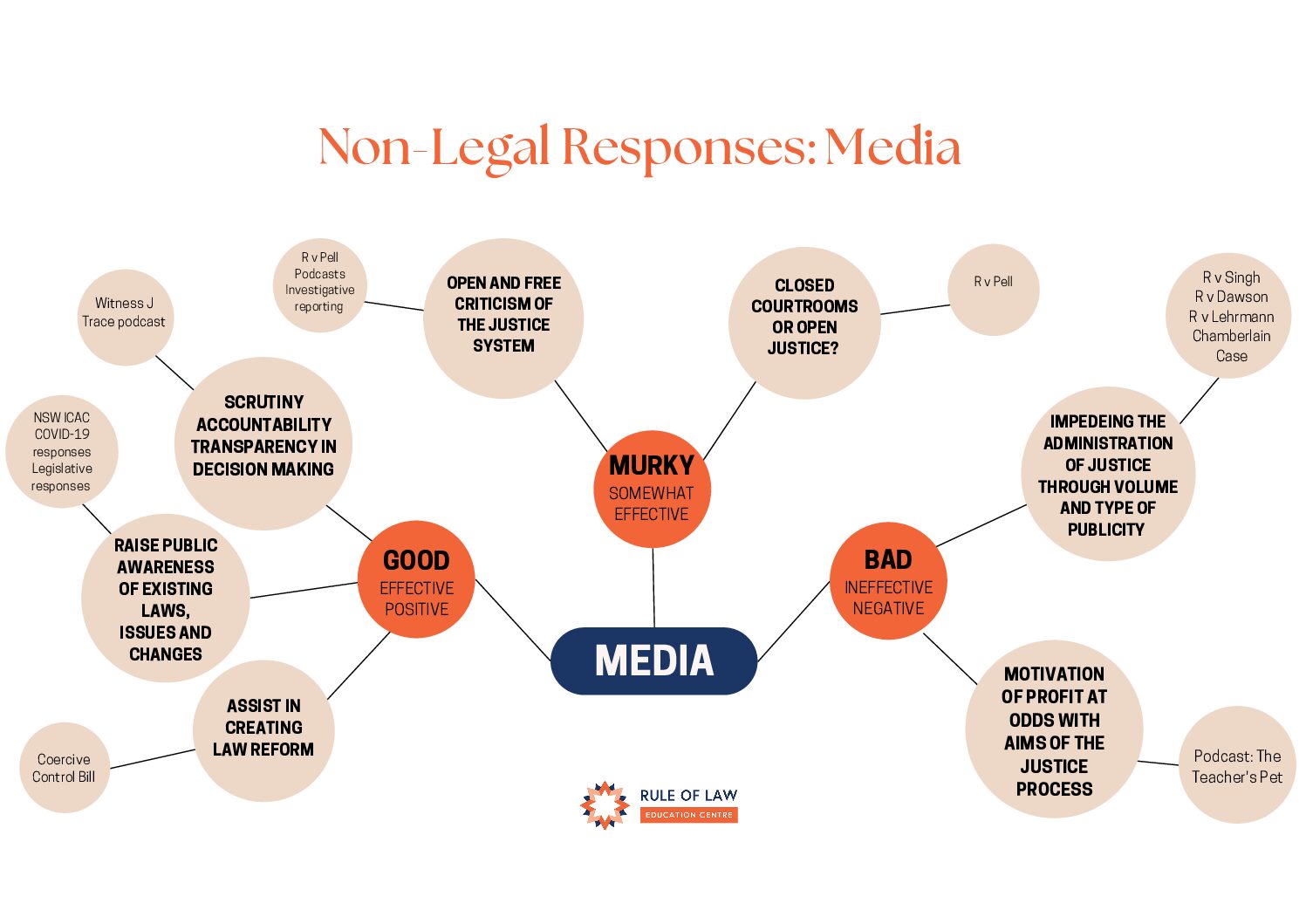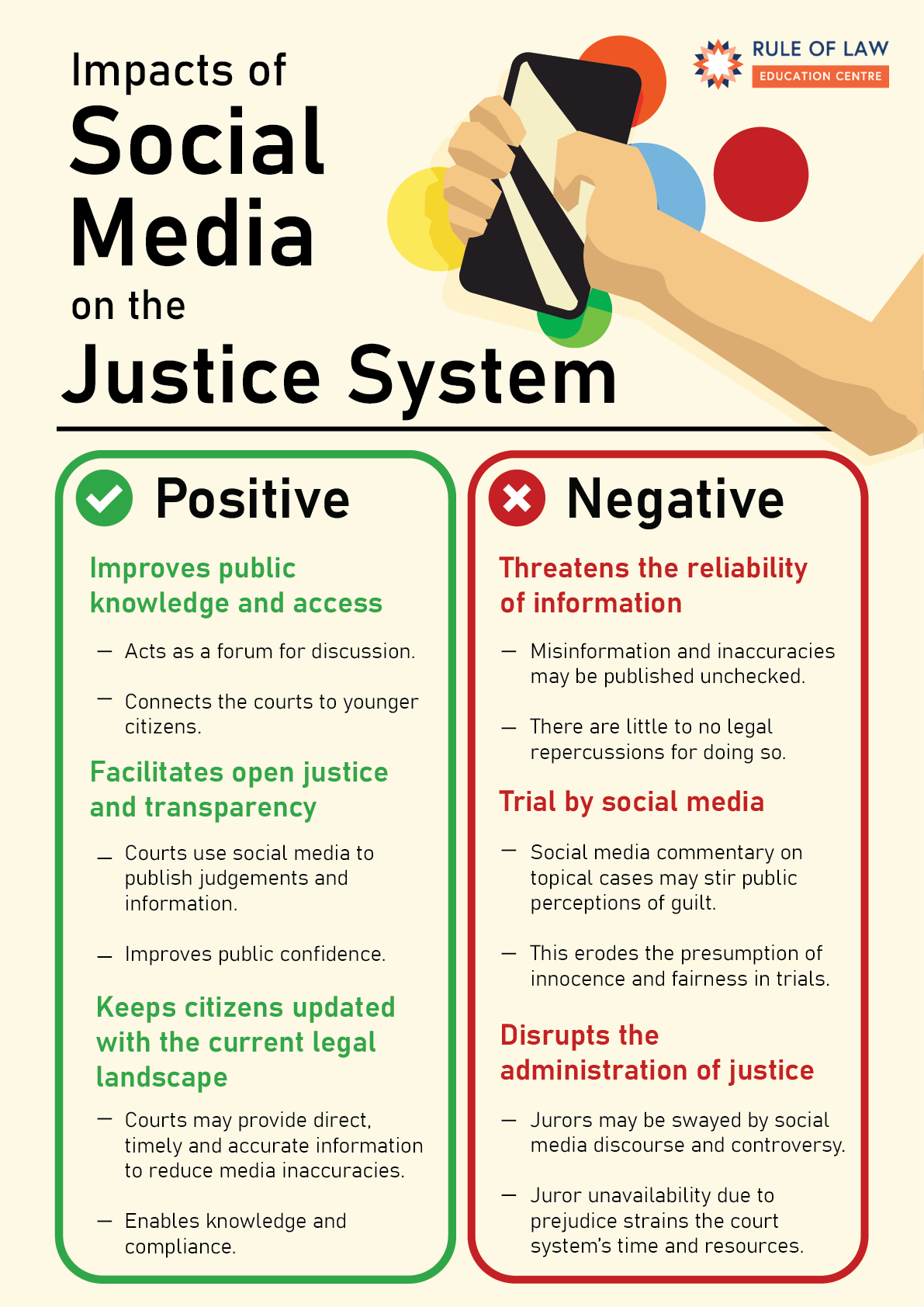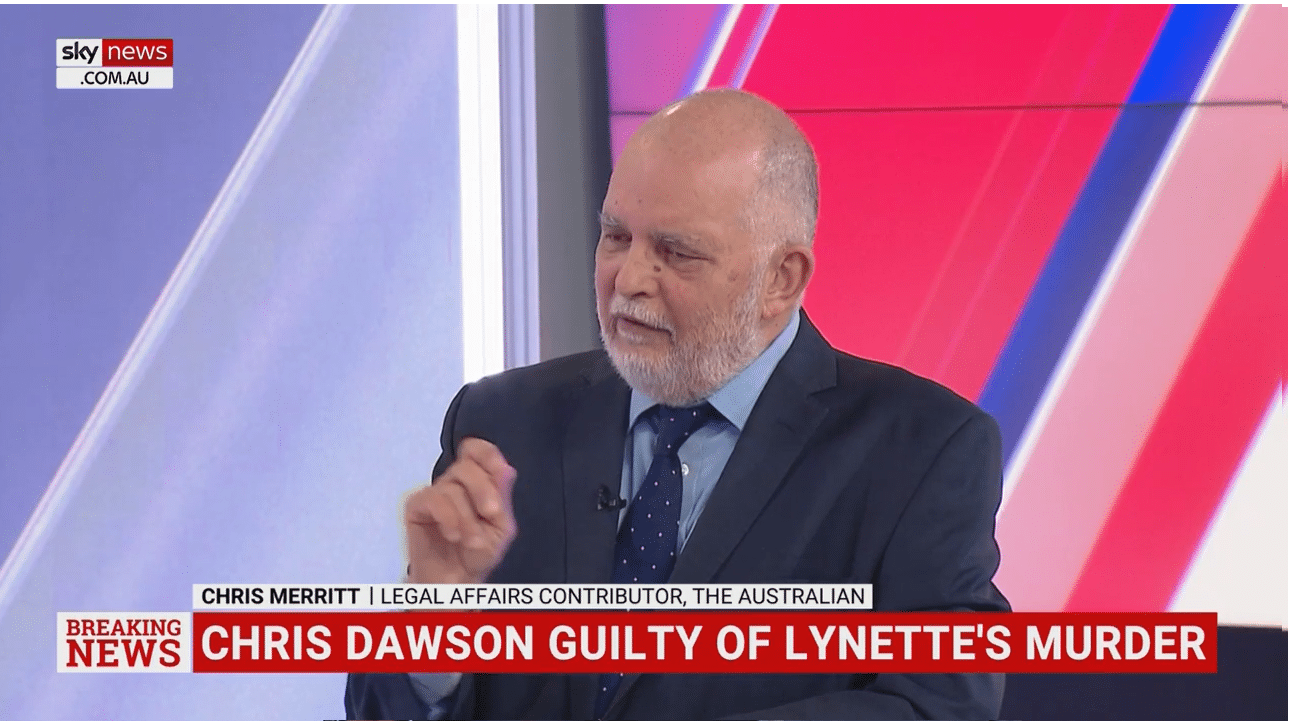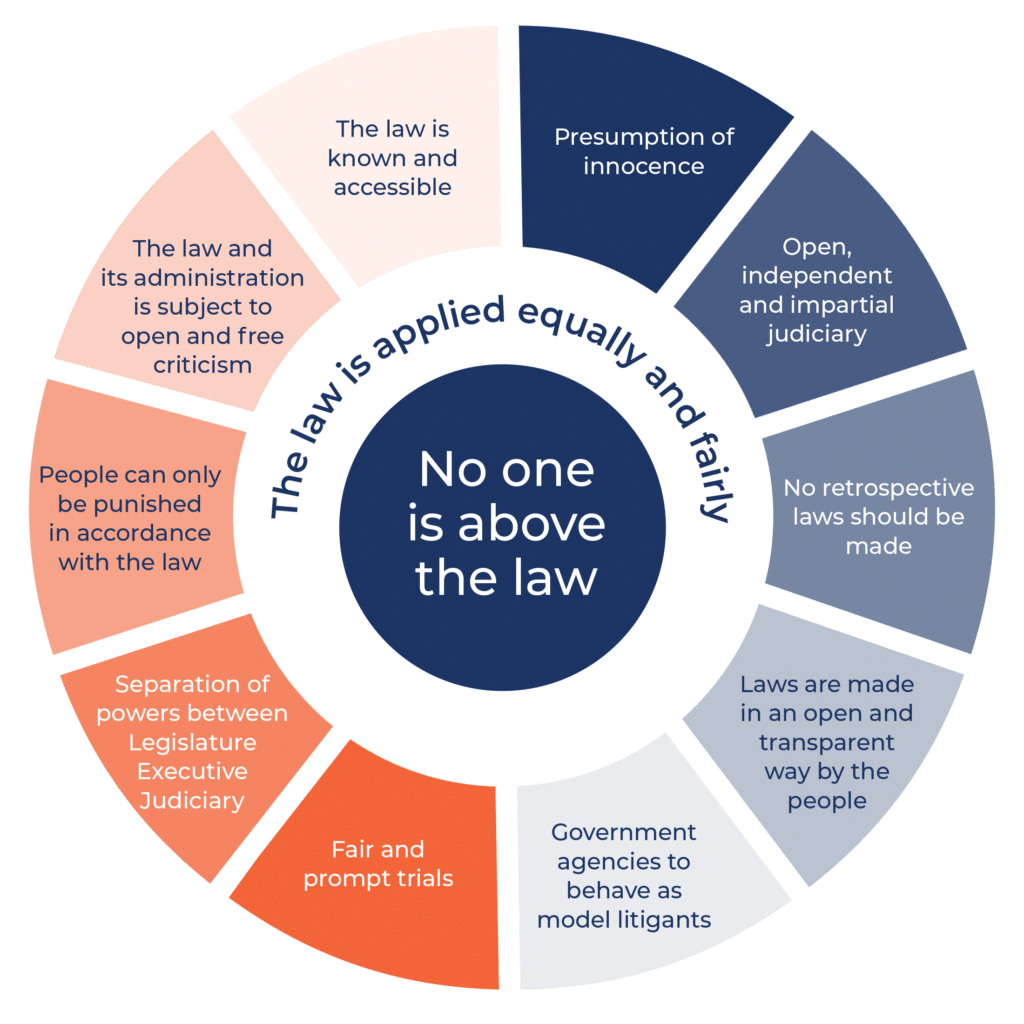Chris Dawson’s Trial
Case Note, Timeline and Relevant Resources
How effective is the media as a non-legal measure in achieving justice?
Conversely, what are the risks and challenges that the media may pose to existing legal measures used by police and courts?
How does the legal system ensure that the rights of the victim, alleged offender and society are all met?
Read this Case Note to learn more!
Justice Ian Harrison of the NSW Supreme Court has handed down his decision on the case of Chris Dawson for the murder of his wife, Lynette Dawson, who disappeared in January 1982.
The finding of Chris Dawson as guilty has seen a conclusion to the 40-year-old mystery.
Key Concepts in a Criminal Trial 
The presumption of Innocence is a principle that states the prosecution must prove guilt, and the accused is considered innocent until proven otherwise.
One of the key rule of law principles in criminal trials across Australia is the accused’s right to be presumed innocent of the charge, and only to be convicted if the court (judge or jury) has been persuaded “beyond a reasonable doubt”. This protection given to the presumption of innocence, a concept that goes back through criminal law systems around the world for centuries, and which was famously described as the “golden thread” that runs through the common law system.
The below videos include an explainer of the Presumption of Innocence in Criminal trials and Mark Tedeschi QC discussing Beyond Reasonable Doubt.
The Role of Media in Achieving Justice
Many aspects of this case show the impact of the media as a non-legal response to justice issues and in achieving just outcomes for victims.
The 2018 Australian Newspaper’s investigative podcast, The Teacher’s Pet generated significant public interest, commentary and pressure which resulted in the case being reopened and Dawson ultimately being found guilty. This highlights an important role of the media in raising public awareness and bringing issues to light.
However, the enormous success of the podcast also led to a delay in the trial to allow for time to elapse and the granting of Mr Dawson a judge-only trial to support his right to the presumption of innocence given statements of guilt explicitly contained in the podcast.
The below documents help teachers and students balance the role of media in achieving justice. Resources include:
- Explainer: Media as a non legal response- the good, the bad and the murky
- Explainer: Social Media and the justice system- the ultimate influencer
- Learning Activity: Preliminary Legal Studies- Possible impact on media and social media on the achievement of the effectiveness criteria
- Learning Activity HSC Legal Studies- Possible impact of media and social media on justice process, Rule of law principles and compliance
Posters
Video Explainers
Chris Merrit radio interview detailing judge alone trials, sentencing considerations, possible appeals and role of media
Video Explainer on Trial by Media and its impact on the presumption of innocence
Syllabus Links
NSW
Preliminary Legal Studies – Topic III – Law in Practice
Themes and Challenges: The relationship between justice, law and society; The importance of the rule of law; The responsiveness of the legal system in dealing with issues; The effectiveness of legal and non-legal mechanisms in achieving justice for individuals and society
Content: Application of the effectiveness criteria to a non-legal response
HSC Legal Studies – Part I of the core – Crime
Themes and Challenges: Issues of compliance and non-compliance in regard to criminal law; The extent to which the law reflects moral and ethical standards; The role of law reform in the criminal justice system; The extent to which the law balances the rights of victims, offenders and society; The effectiveness of legal and non-legal measures in achieving justice
Content: 2. Criminal Investigation Process – Investigating crime – use of technology; 3. Criminal Trial Process – The role of juries, including verdicts (evaluate the effectiveness of the jury system in the criminal trial); Sentencing and Punishment; General theme across Human Rights and options topics – evaluate the effectiveness of non-legal measures in achieving justice/ just outcomes
Victoria
The Victorian Curriculum F-10
Content: Humanities, Levels 9 and 10, Law and Citizens (Outcome VCCCCL034)
VCE Legal Studies
Content: Unit 3, AoS 1 – the rights of the accused

